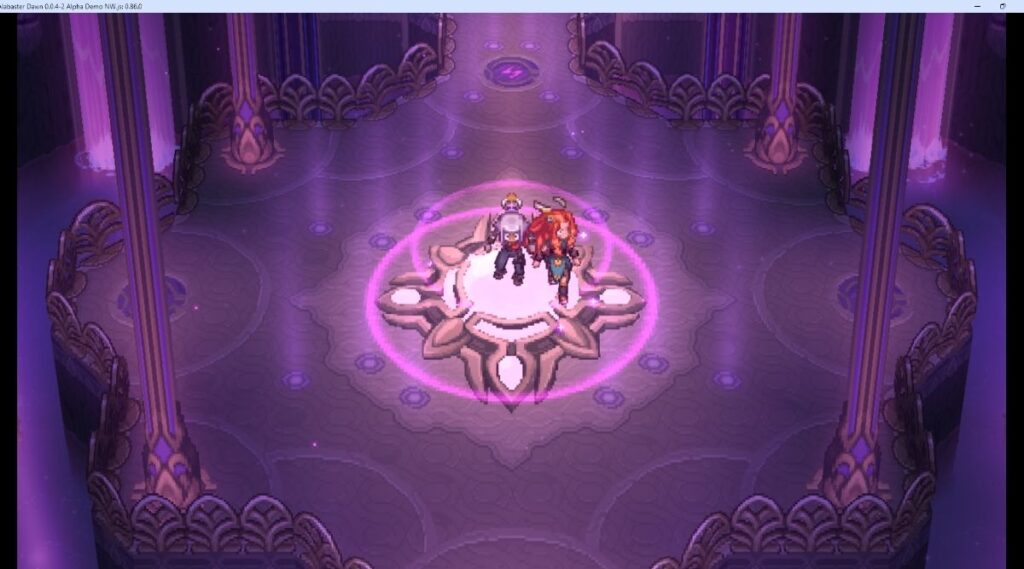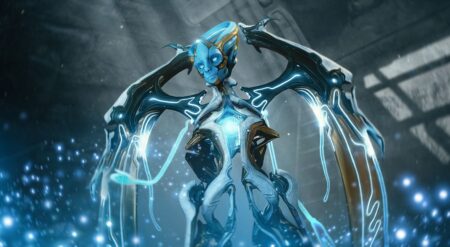Alabaster Dawn, the upcoming pixel art action-RPG from Radical Fish Games, looks to deliver a gorgeous fantasy world. Through the tastes offered via its Steam demo, it hooks players’ imagination through a plethora of compelling elements that, if they come together, could make the game a must-play for genre fans.
Creating a fantastic first impression right off the bat is the art style. Pixel art graphics are nothing new, but what Radical Fish does with the medium is exceptional. The smoothness of motion brings all the actions to life. Vibrant colors fill screens when the story permits, bringing incredible contrast to areas of the map, just in the first hour of play.
The quality of the art extends to the character images during conversations, too. Like many games of this style, still images of individuals during conversations appear, allowing for a greater expression of thoughts and emotions. These character models are superb, and their expressiveness is wonderful. A cartoon design allows for some playful reactions, creating an often fun and exaggerated tone to the characters.
Sometimes the camera creates beautiful moments of energy and tension.
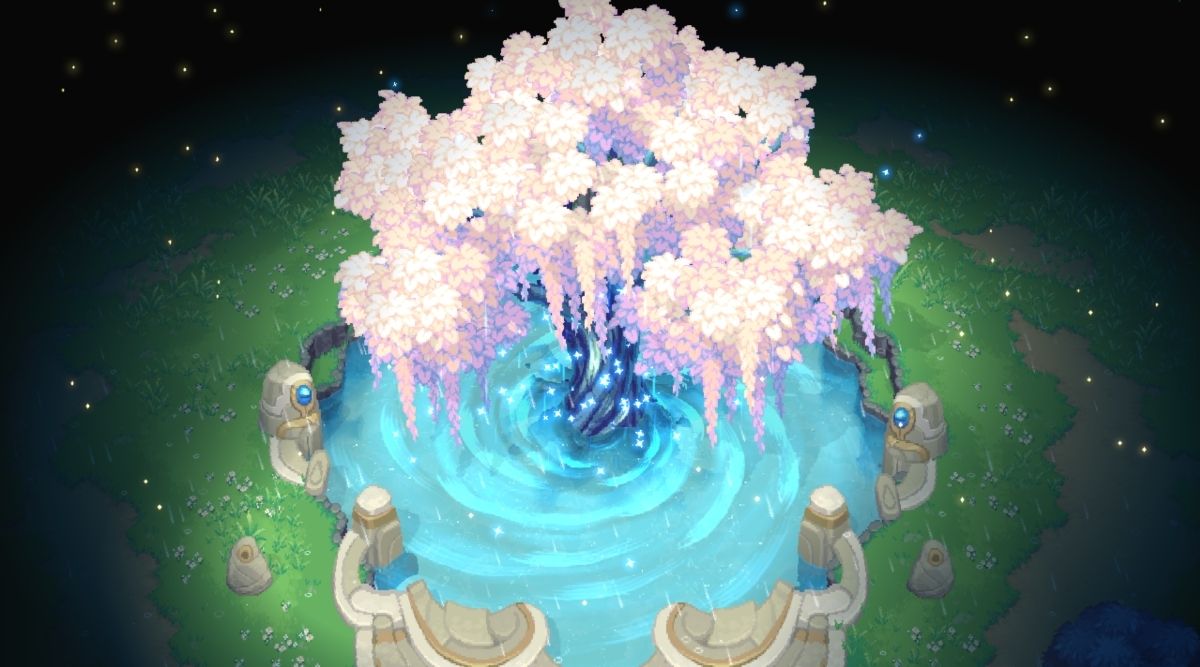
While these elements are of great quality and go a long way to helping the game present itself, there is something that stood out even more about that presentation: the camera work. There is a cinematic quality in some moments of the game that you don’t see very often in this style of presentation. Despite having a locked, top-down angle, the camera at times still swoops and moves skillfully within its confines, creating heightened moments of energy and tension.
Bringing purpose to Alabaster Dawn‘s gorgeous visuals is the start of a compelling story. When Tiran-Sol is invaded by a dark force known as Nyx, the people of the world are forced to hide until its chosen champions can drive back Nyx’s curse. With the blessings of the Gods, what could go wrong?
Mortals cannot fathom the mysterious workings of Gods, however. And when they needed their divine patronage the most, the gods vanished, leaving a lone chosen one, Juno, to face the curse of Nyx on her own. Juno’s special status among the chosen and the mystery of the Gods lay the groundwork for a captivating story.
Alabaster Dawn is filled with personality in its dialogue and visual design.
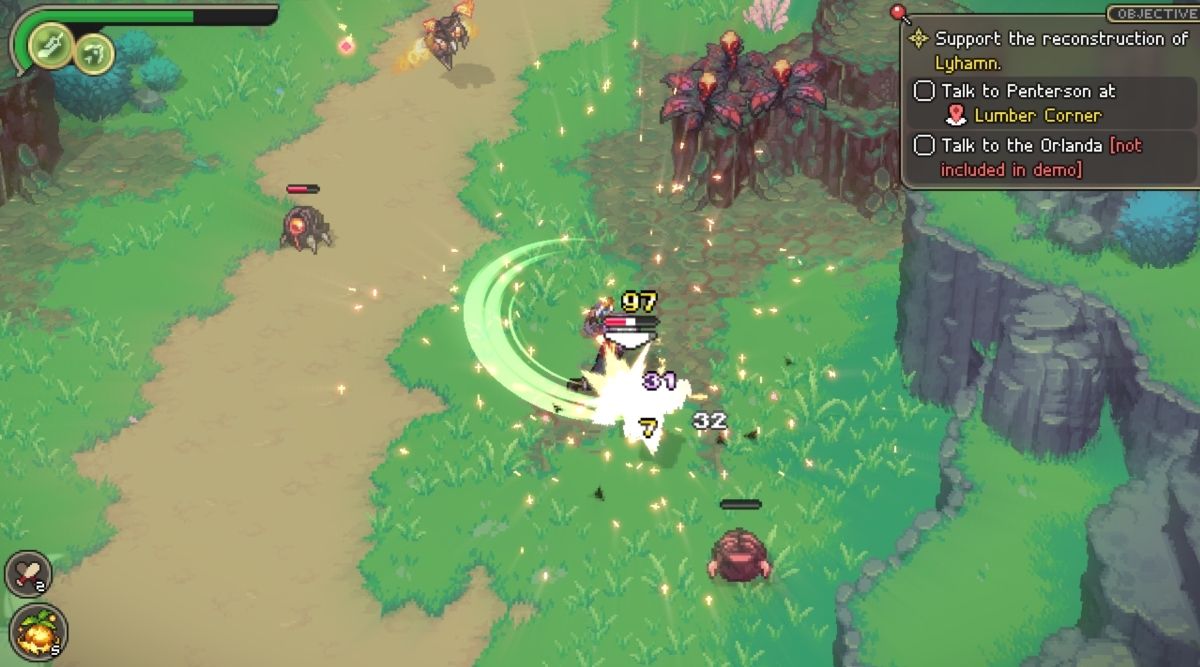
The game’s lead is instantly likable. Her personality makes her endearing; she names a familiar that accompanies her Cabbage, and possesses a natural pluck you can’t help but root for. But she also shows a strong, if tested at times, determination. She must quickly acclimate to her new scenario if she is to not only survive, but save the people whose lives now fall on her shoulders.
Surrounding Juno is a colorful cast that brings healthy doses of their own charm. Personality is ever-present through both dialogue and visual design. No character met thus far in the game looks like “just an NPC.” Each model feels crafted with care, making everyone fit in as a part of the world.
The final element of Alabaster Dawn is its gameplay. Much like its narrative, the opening introduction presents a ton of possibilities for plays to explore. Multiple weapons of both melee and ranged types are already available early on, each bringing flavor a gameplay variety to the game’s real-time combat. Weapons are upgradable via skill trees, with experience being gained through use. So if you want it to unlock a perk, you have to put in the time.
Alabaster Dawn encourages you to engage with al its systems right from the start.
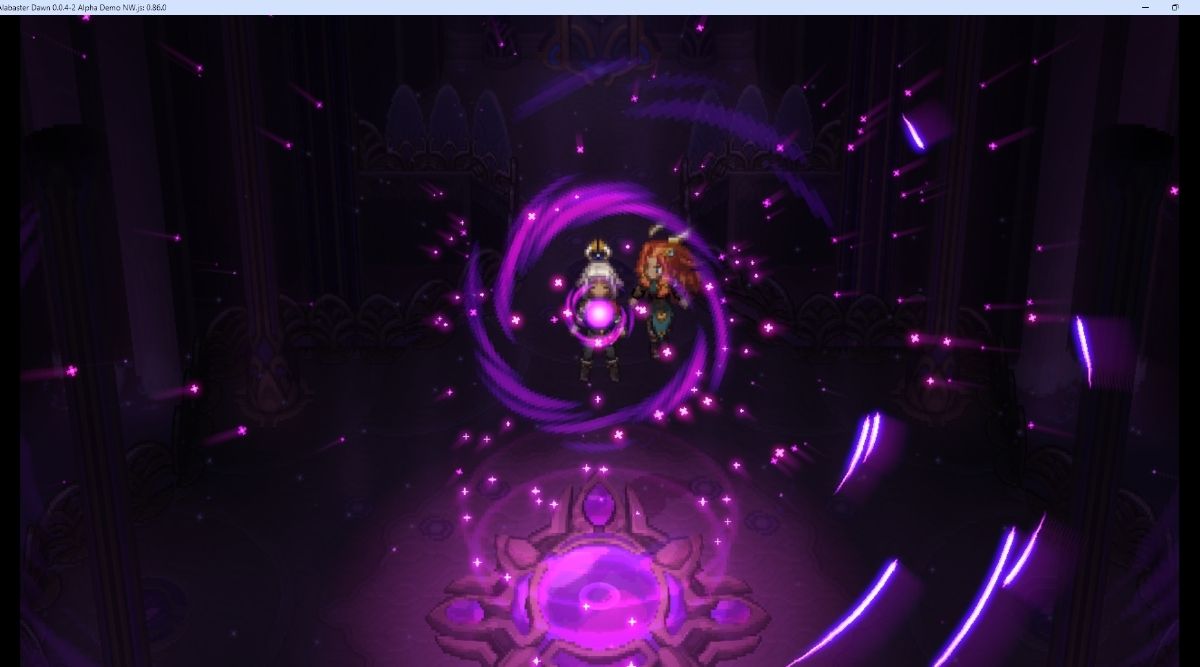
Juno can also be upgraded through her own skill. There is no early-game lull in skill acquisition either. The very first skills that are purchasable feel impactful from the word go. Options like crit rate increases, additional health, or improved break damage make players think about how they want to approach combat.
The importance of the player’s upgrade choices anre also due to the encounter design. While the early areas of Alabaster Dawn aren’t blisteringly difficult, they do encourage you to engage with systems right from the start. Using break damage to stun foes, or reflecting attacks via a parry system, may not be required to progress, but they make things go far smoother. How you approach these mechanics can inform which upgrades you’ll want to pursue.
While exploring the wilds and dungeons, Juno will also be tasked with solving puzzles to work her way around intrusive roadblocks. These multi-step problems are fun to overcome, as each step of a scenario falls into place.
The puzzles are designed to create “ah ha!” moments.
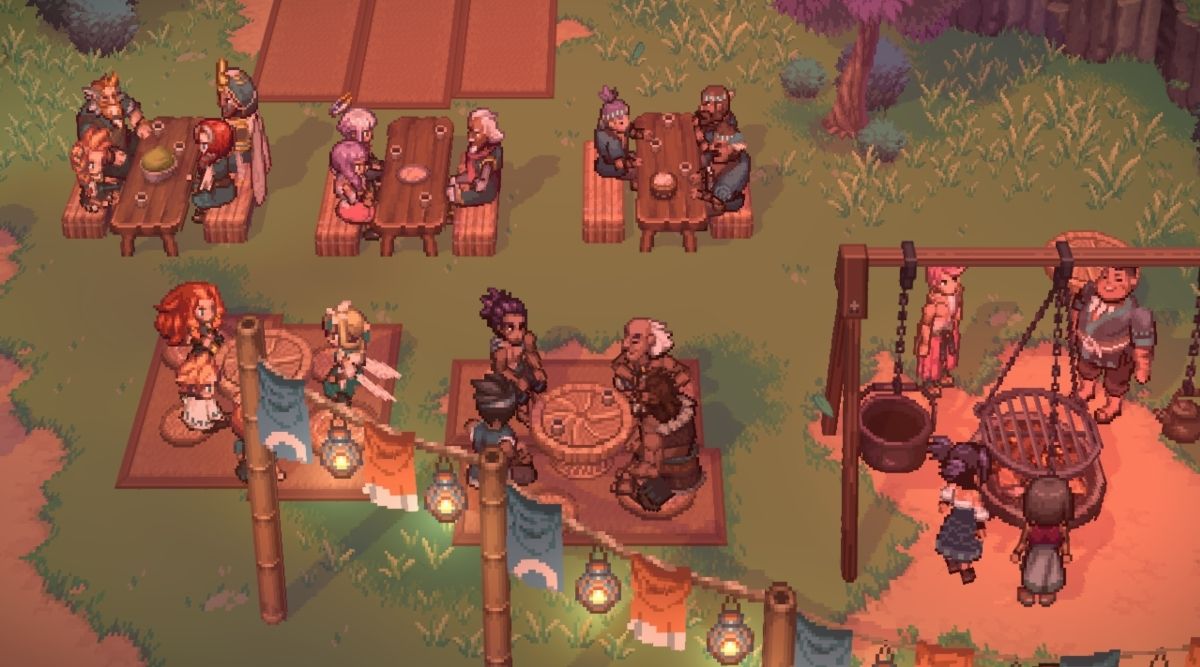
A big part of what makes Alabaster Dawn‘s puzzles so good is the terrific way Radical Fish’s developers guide players through the problems. New environmental elements that can be interacted with stand out, forgoing the need for an additional visual aid to point them out. As players experiment, they can see how things come together smoothly, creating fun little “ah ha!” moments.
I had already had my eye on Alabaster Dawn before playing this demo. But now, having gotten to spend time with Juno and the world of Tarin-Sol, it is easily one of my most anticipated games right now.

